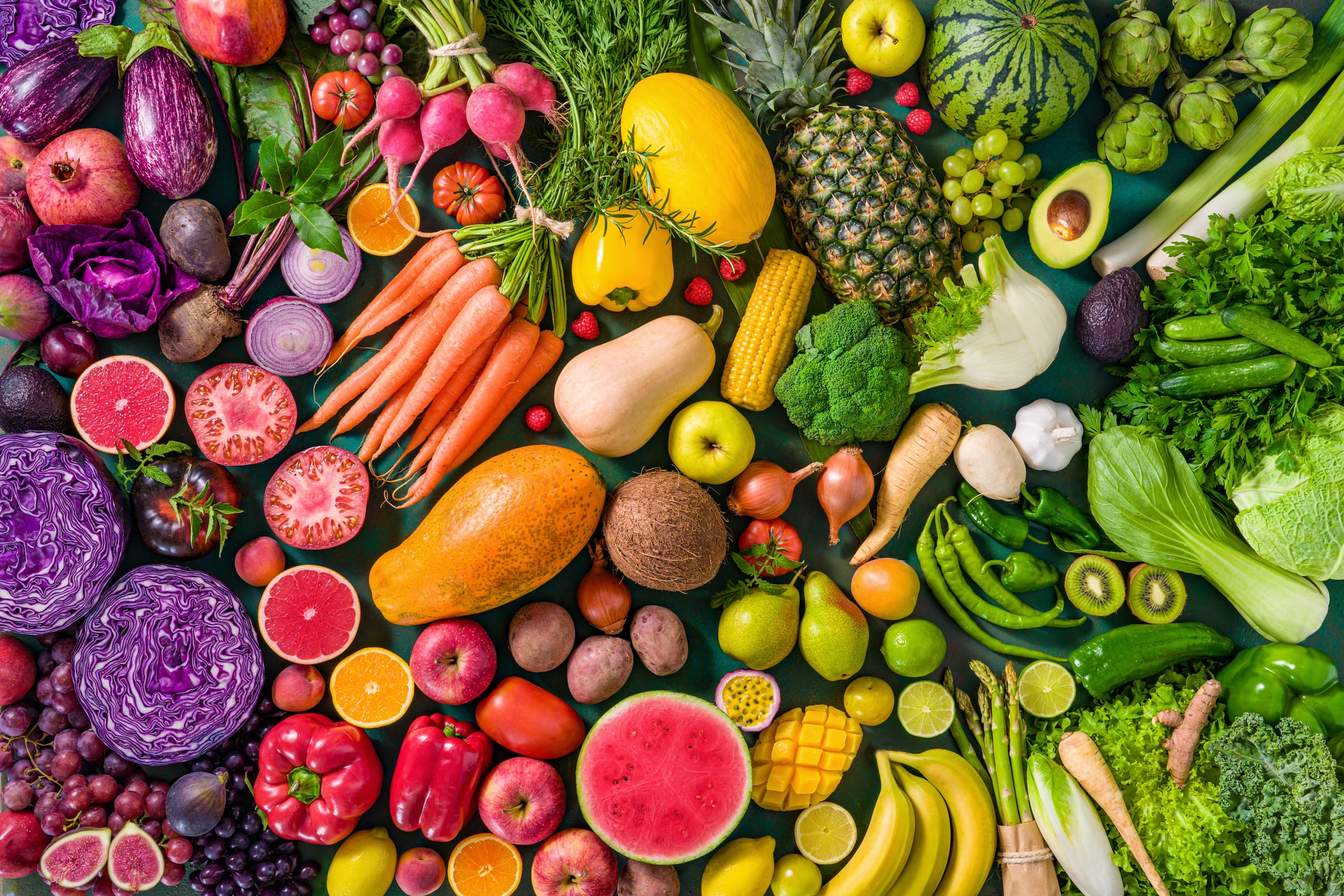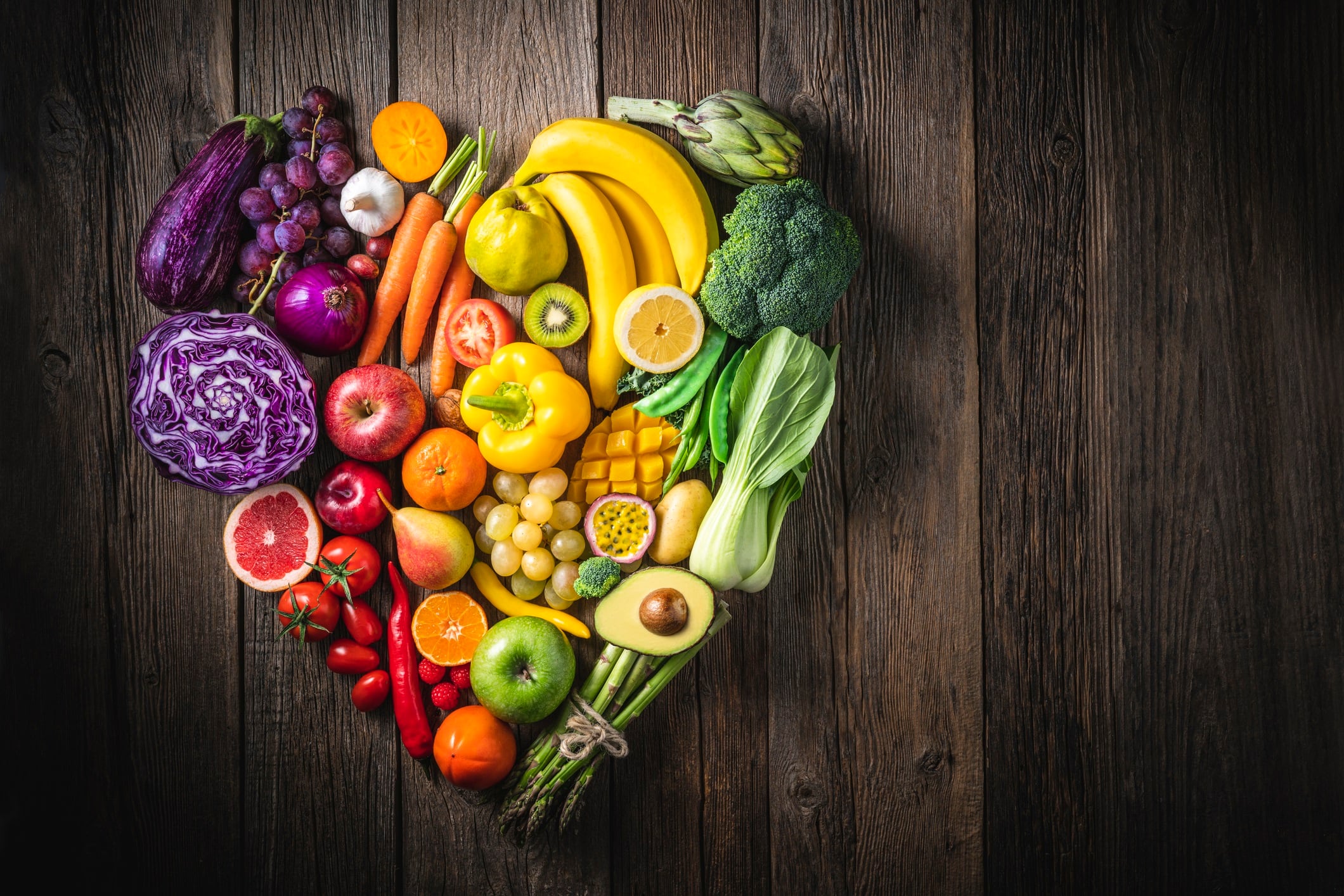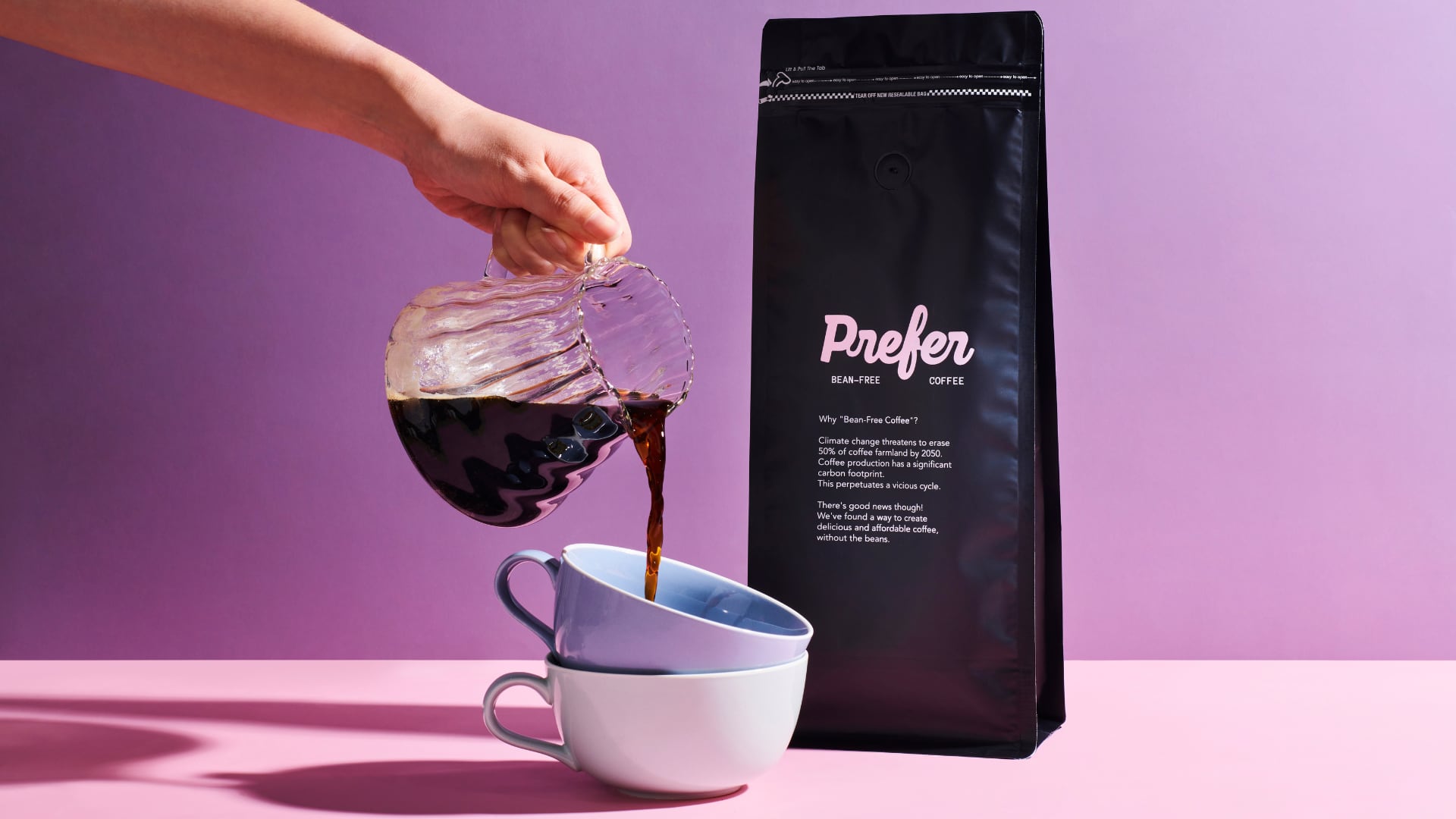While it is universally known that eating fruits and vegetables is important for human health, new technologies and evolving consumer demands have greatly transformed the use of these in the food industry.
This shift is seeing companies take a view of fruits and vegetables beyond just healthy recipe ingredients, but essential ingredients in the manufacturing of clean label products.
“Clean label is one of the fastest-growing trends we are seeing in the industry today in Thailand, APAC and beyond, and it is fuelling the acceleration of natural products made with not only natural bases but also natural – yet attractive – colours,” SVZ team lead sales APAC Simon Hoogenkamp told us at the recent Fi Asia 2025 show in Bangkok, Thailand.
“Vegetables in particular are increasing in popularity as an ingredient as these are naturally low in sugar, even more so than fruits. Natural colours made from a combination of fruits and vegetables still remains the most common choice for many brands though, as these are not only clean label but can also give better taste and brighter colours e.g. with beetroot.”

One of the newer popular innovations in this space is the use of white vegetables to create a ‘blank base’ for product innovation, that is later enhanced with natural colours for attractiveness, fruits for taste, or natural fibres for nutrition.
“Taste in the APAC region is especially important, as consumers expect a good experience from their food, all the way from the ingredients up,” he said.
“In Thailand there is an added component to this where local consumers’ tastebuds tend towards being even sweeter than others, and industry needs to match this while also keeping products clean label as consumers are very aware of this too.”
At this point, Hoogenkamp believes that simplicity is key in Asia when it comes to pushing clean label or natural products to local consumers, as this helps to increase trust and acceptance.
“Many Asian consumers know of clean label, yet are still very insistent on the natural nutritional value of fruits and vegetables such as directly eating spinach for iron,” he said.
“That said, there is a shift towards the value of these as clean label ingredients for processed foods, and keeping the products premium, clean and natural as well as the messaging clear and simple will help to accelerate this.”
The shorter the supply chain, the better
When it comes to fresh produce, a key determinant of quality tends to come down to its freshness, which in turn is closely linked to the length and complexity of the supply chain involved.
“The shorter the supply chain is from farm to factory, the fresher the produce is when it is processed and the higher the quality,” he added.
“We placed our own factories nearby growing areas for this very reason, and it also ensure we know the origin of the produce being used, as well as to control the supply chain and ensure traceability.”
SVZ has committed to having 100% of its core ingredients certified sustainable by 2030.
The company works with 35 different core items including vegetables such as beets, carrots, spinach and kale; and fruits such as strawberries, raspberries and currants.





